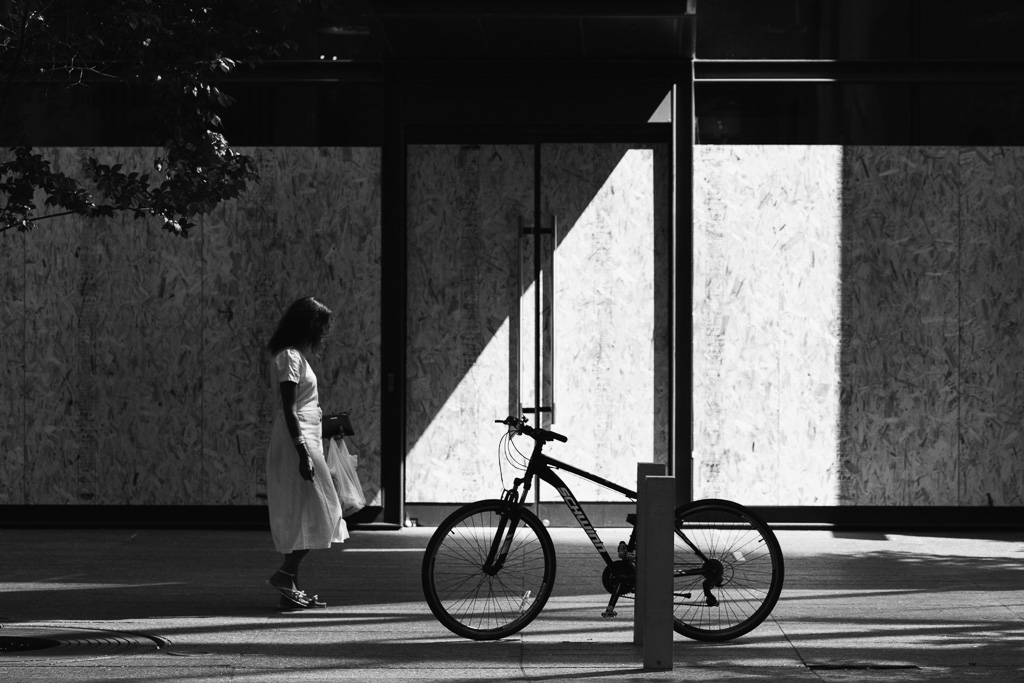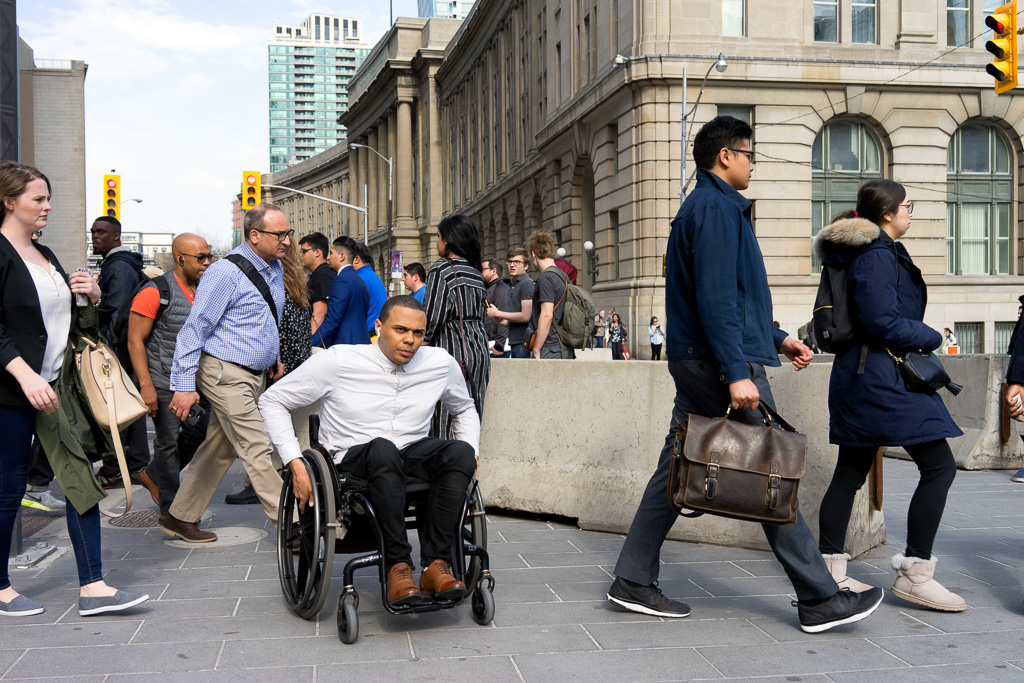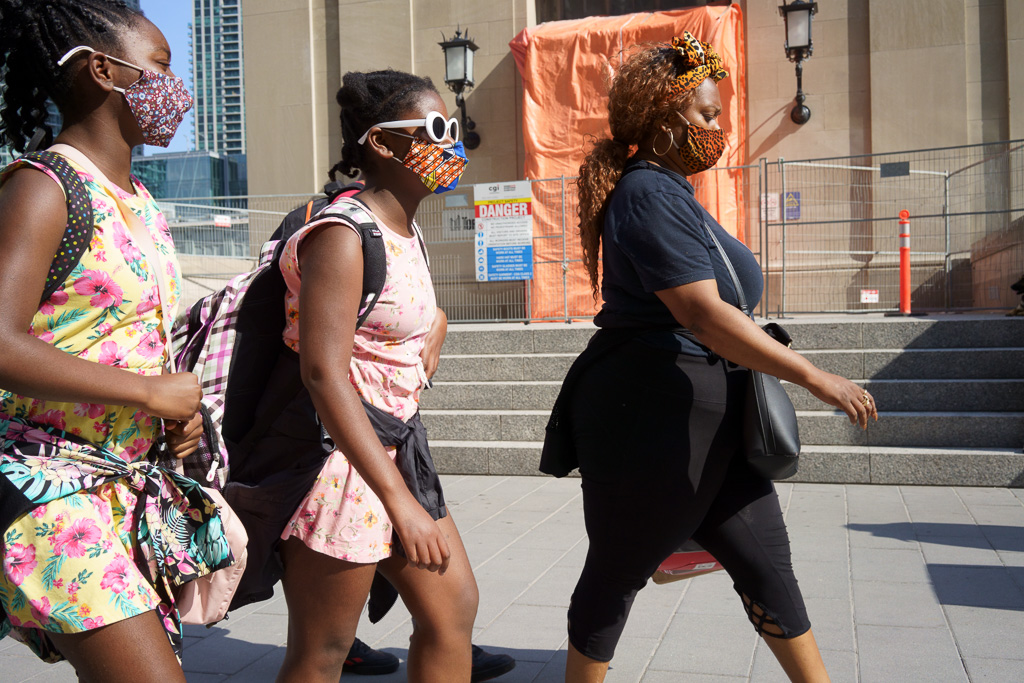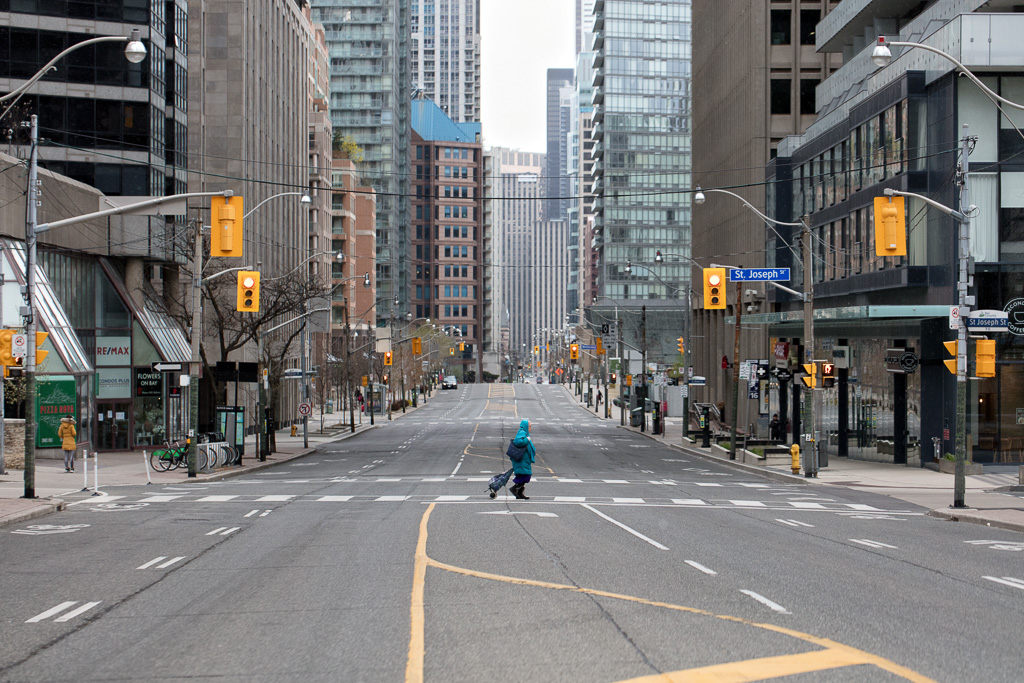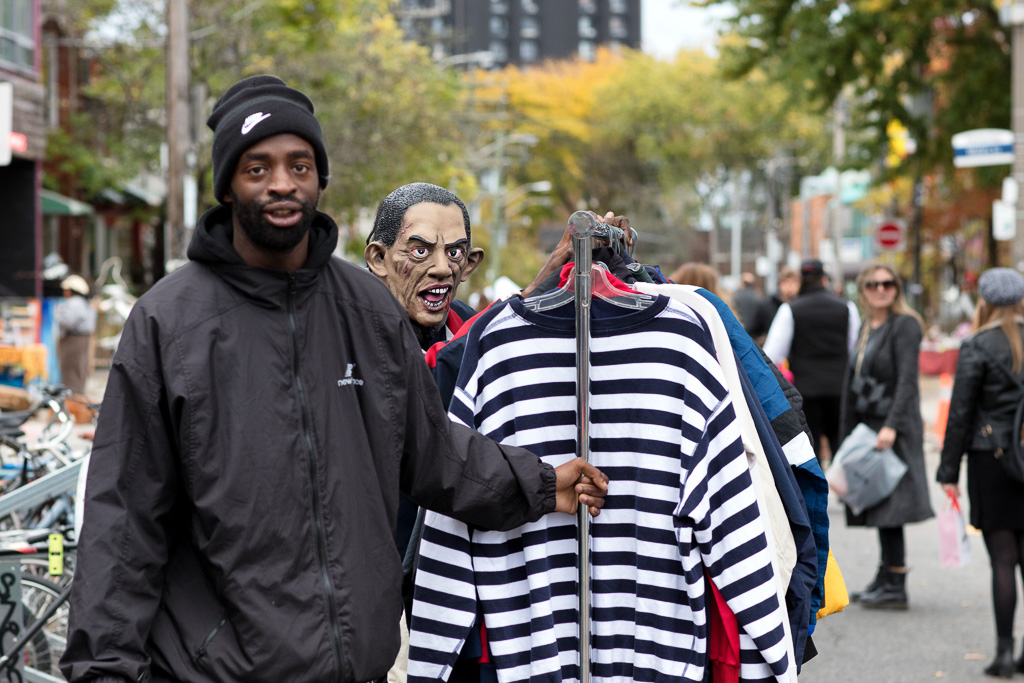I must confess I was rather pleased with myself, almost giddy, for arriving at the Luther household with a hammer and a bag of gleaming nails to mark the 10th anniversary of that most illustrious of illustrious events. Like many of the others who shared schnitzel and beer at Martin’s table talks, we had taken to addressing him as Herr Doktor even though he affected modesty and insisted we call him Martin. So I felt somewhat deflated when the eminent man himself pulled open the door and, before I could utter a greeting or proffer my gift, advised that if I wished to cross his threshold I would first have to don a mask. They had received word only that morning of a fresh outbreak, a family on the next street manifesting buboes on their armpits and groins, and a little one who, sadly, had succumbed the night before. I complied of course, drawing from my pocket a face covering made from multiple layers of a fine linen which my Helga had purchased in the market.
Martin ushered me indoors. After surrendering my hammer and nails, I asked if he had any more theses he wished to add to the 95 he had already fixed to the door in Wittenberg, to which he answered that he could not say for certain; he would leave that for Herr Gott to conclude. I chortled until my corpulent midriff shook the floor and remarked that hopefully Herr Gott would conclude it in favour of brevity, otherwise the work would grow so large—
As large as you? and he elbowed me in the gut.
—grow so large that the weight would pull the door off its hinges.
I took a seat at the table where I stared directly at a woodcutting on the opposite wall, a framed work in the manner of Albrect Dürer, Death riding through the town on an emaciated steed. By contrast, Martin’s Katharina offered portions which were generous and, as she often said, would keep me looking as little like Death as any live man would care to look. I declared that I preferred not to be a Diet of Worms, but my joke fell flat amongst those at the table, most of whom were students from the university and either too thick or too drunk to appreciate the humour of intellectuals like myself.
Martin commented on the redness of my nose to which I answered that it was better red than black, for a red nose meant that I was still above ground.
As we ate, and as the Herr Doktor held forth on his latest theological musings, a knock came at the door. We fell silent while Martin opened the door and greeted a student, glassy-eyed and thin. As with me, Martin requested that the young man don a mask.
The young man’s voice rose as he spoke, and we could not help but hear his refusal.
Then I’m afraid I can’t allow you into my home.
Well then fuck you, Herr Doktor.
As the boy grew louder, it appeared to us that he also grew larger, as if by a magical mechanism that pumped air into his body and expanded it, as one sometimes sees with sausage casing that fills with a noxious gas when the meat inside begins to rot.
The boy proclaimed Herr Doktor Luther a hypocrite who, though he held himself out as a reformer and man of the people, what with his shitty Bible translation and his cavorting with drunks and his rescuing nun/whores from the clutches of the Church, but he was still nothing if not orthodox when it came to public health protocols. Wear a mask! Your mind has been taken over by the forces of evil.
The boy pointed to the woodcutting of Death fixed to Luther’s wall.
You think a little bit of cloth will do any good? It seems you’ve fallen in with that Copernicus heretic who puts his science before faith.
Luther said he was sorry the boy felt that way. But it didn’t matter because, at least in his own home, Luther was free to exclude whomever he pleased. And it pleased him very much to exclude drunken fools who refused to wear masks.
With that, Luther slammed the door shut in the boy’s bare face and returned to his schnitzel.

